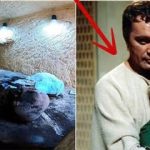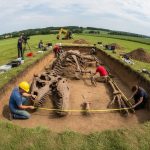Ancient Murder Mystery: Unlocking the Secrets of Gebelein Man
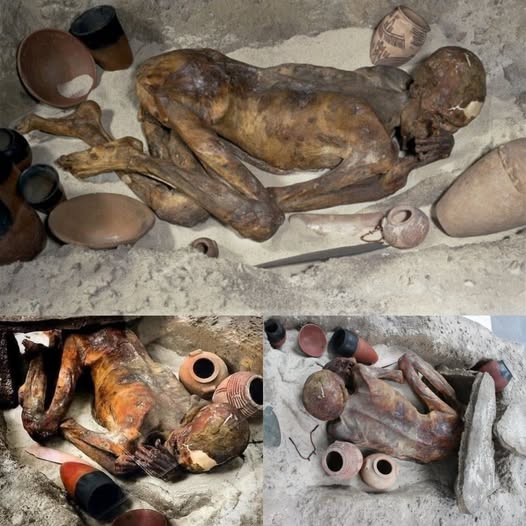
In the sands near Thebes, Egypt, the body of Gebelein Man—dating back to 3500 BC—reveals more than just remarkable ancient preservation. His mummified remains bear chilling stab wounds, marking him as one of history’s earliest recorded murder victims. The discovery of his remains has ignited a wave of intrigue and speculation: Who killed him, and why? Was it the result of tribal rivalry, a ritual sacrifice, or an act of betrayal lost to the annals of time?

The context surrounding Gebelein Man is rich and complex. Found alongside his remains were artifacts that whisper of a society navigating the delicate balance between survival, conflict, and ritual. Tools and pottery fragments suggest a community engaged in agriculture and trade, yet the evidence of violence on Gebelein Man’s body hints at a darker side—one marked by interpersonal strife and the potential for brutality. The presence of stab wounds indicates a violent end, raising questions about the social dynamics of his era.
As researchers delve deeper into this ancient murder mystery, they attempt to reconstruct the circumstances that led to Gebelein Man’s untimely death. Analyzing the wounds provides crucial insights; they suggest a close-range attack, possibly indicating a personal motive rather than a random act of violence. This has led some scholars to theorize that the act might have stemmed from a betrayal or a feud within his community, which could reflect broader themes of conflict in early human societies.
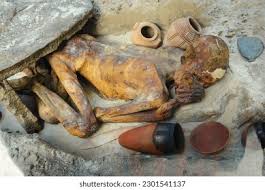
Moreover, the significance of Gebelein Man extends beyond the details of his death. His story serves as a lens through which we can explore the very roots of human violence and concepts of justice. In a time when survival was paramount, the emergence of social structures likely brought forth not only cooperation but also competition and conflict. Understanding Gebelein Man’s fate invites us to reflect on how these early societies grappled with moral questions and the consequences of violence.
Step into this prehistoric crime scene and uncover the secrets of a civilization emerging at the dawn of history. The tale of Gebelein Man is not merely a story of death; it is a profound exploration of human nature, societal norms, and the complexities of life in ancient Egypt. As we unravel the layers of this mystery, we gain valuable insights into the human condition, reminding us that violence and justice have long been intertwined in the tapestry of our existence.
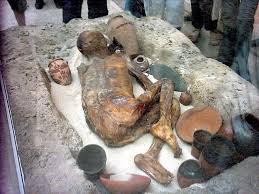
In conclusion, the investigation into the life and death of Gebelein Man is an invitation to engage with the past. It challenges us to consider the dynamics of ancient societies and the enduring questions of morality and justice that resonate throughout human history.






